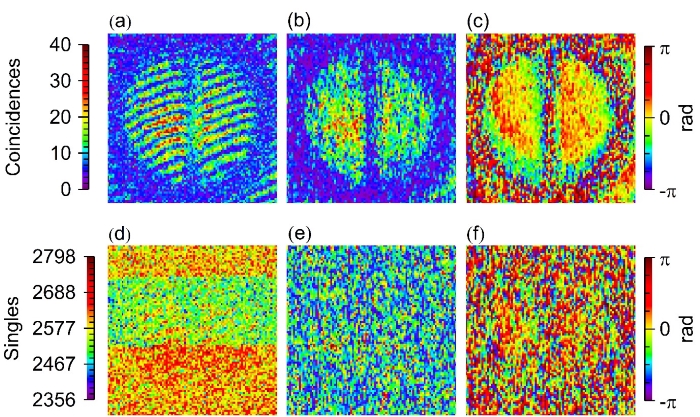This website uses cookies to ensure a better user experience.
To get more information, please read our Cookie Statement.
Quantum holography for better 3D images
From the discovery of holography until today, holography has successfully used classical illumination. Our colleagues D. Abramović, N. Demoli, and H. Skenderović, in collaboration with M. Stipčević from Ruđer Bošković Institute show in a paper published in the Physical Review A that the holographic method can be used even more successfully with quantum light.
Quantum holography with single-photon states
Denis Abramović, Nazif Demoli, Mario Stipčević, Hrvoje Skenderović
Physical Review A 108, 013709 (2023).
DOI: 10.1103/PhysRevA.108.013709
Holography enables recording and displaying 3D properties of an object and has wide practical application in science, art, and applied science, including medicine and industry. Holographic techniques are usually described with the classical wave electromagnetic theory of light. In contrast to such a description, it is known that quantum physics can provide the deepest insight into nature. The newly published paper describes an experiment that cannot be explained with classical light, and which shows that it is possible to visualize an object effectively with a quantum light source, even though the object cannot be seen with a higher number of photons from a classical light source.

Figure 1. Quantum hologram (a) and classical hologram (d) and their amplitude (b, e) and phase reconstruction (c, f).
In addition to single photon detectors used in previous papers done in the Holography Laboratory at IF, a two-photon light source was developed and applied. Such sources are popular in the field of quantum information, quantum communication, and quantum computation. Among other things, they played a key role in the activities that led to last year’s Nobel Prize in Physics. The photon pairs from the nonlinear crystal are temporally correlated, and these temporal correlations are used to greatly reduce background noise. Such selection of registered events on the single photon detector resulted in the signal being more dominant than the noise, even though the noise is 200 times larger than the signal. This new approach contributes to a better understanding of holography and phase of photon as well as allows new applications in imaging objects around us.




